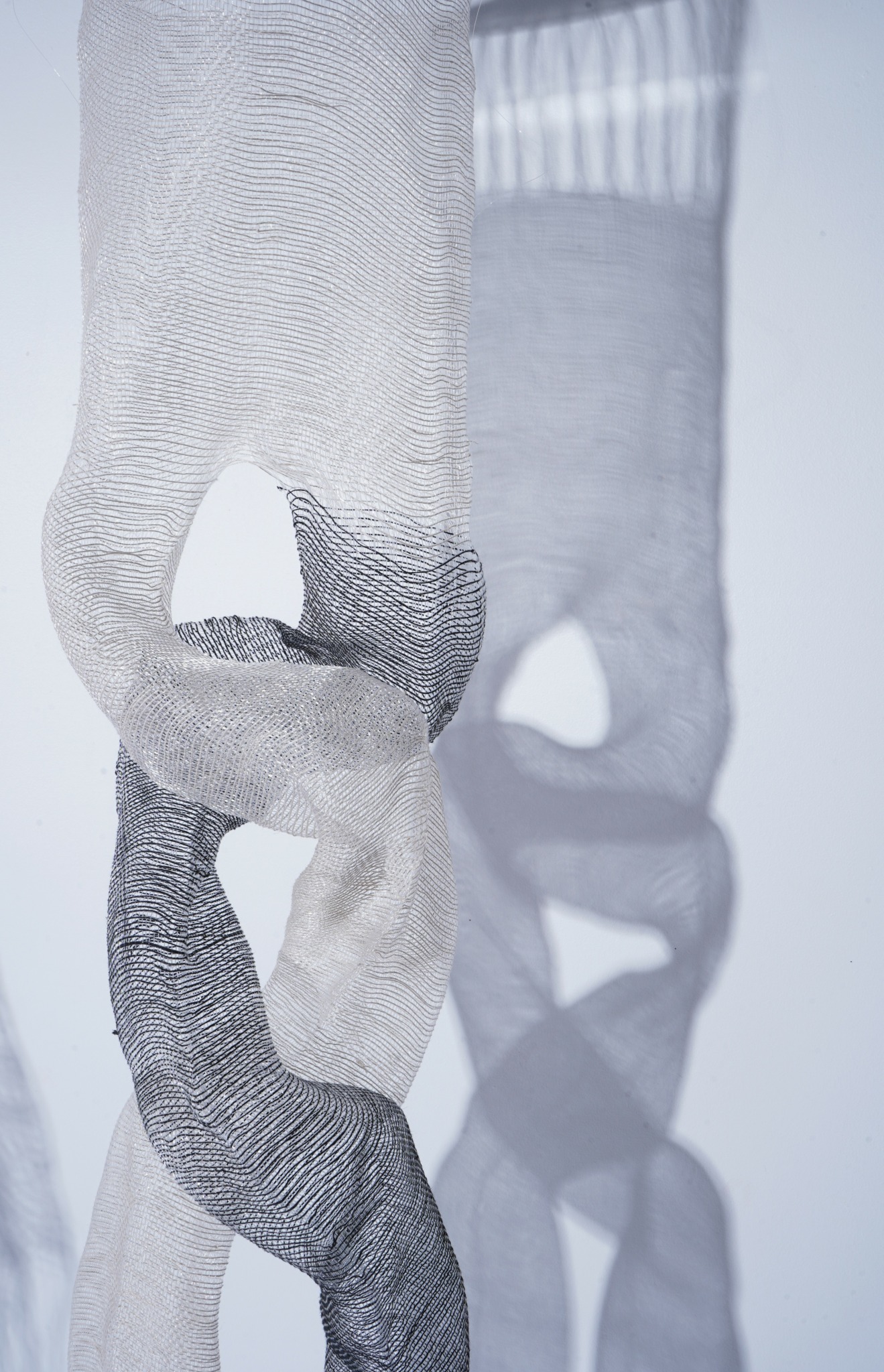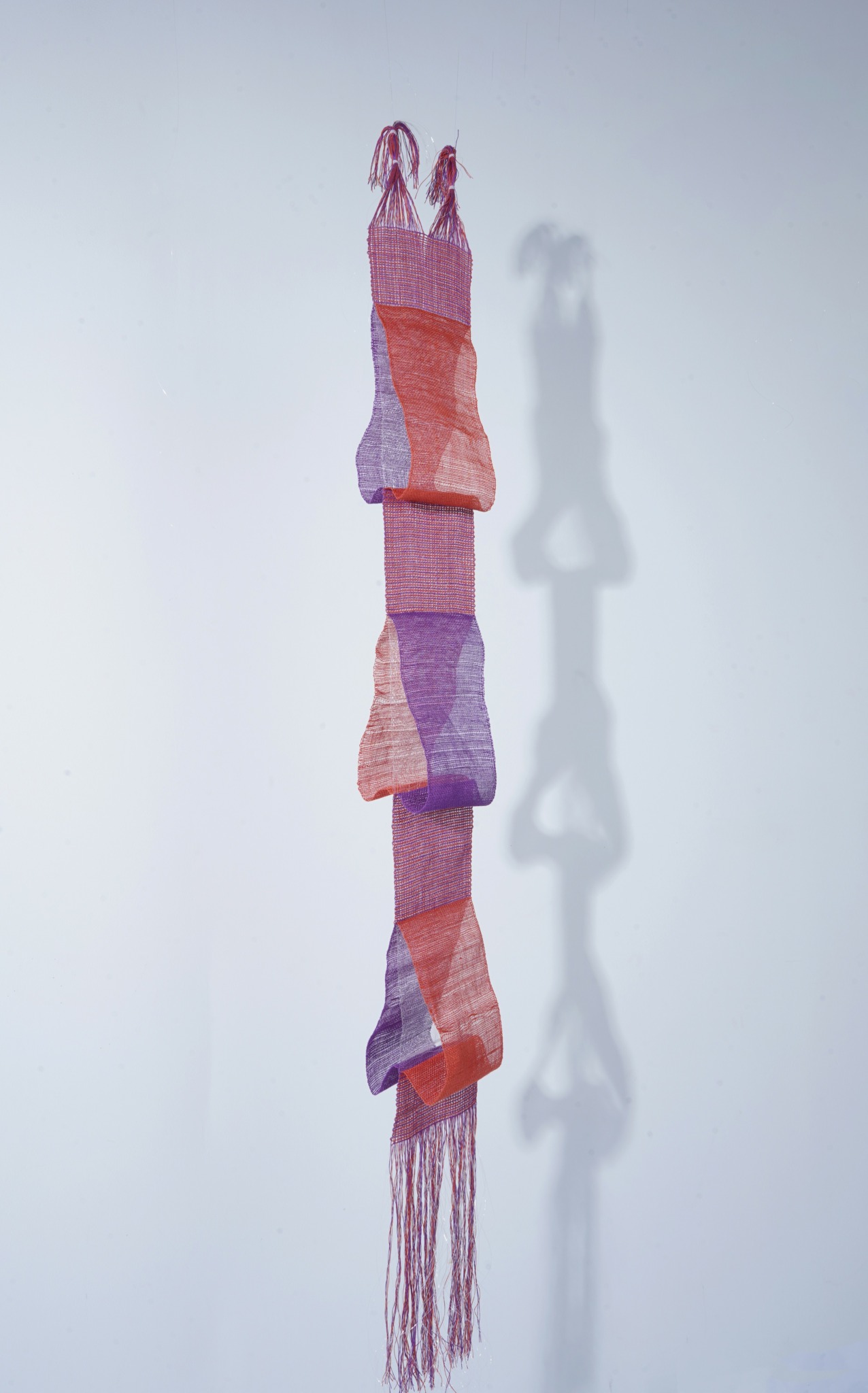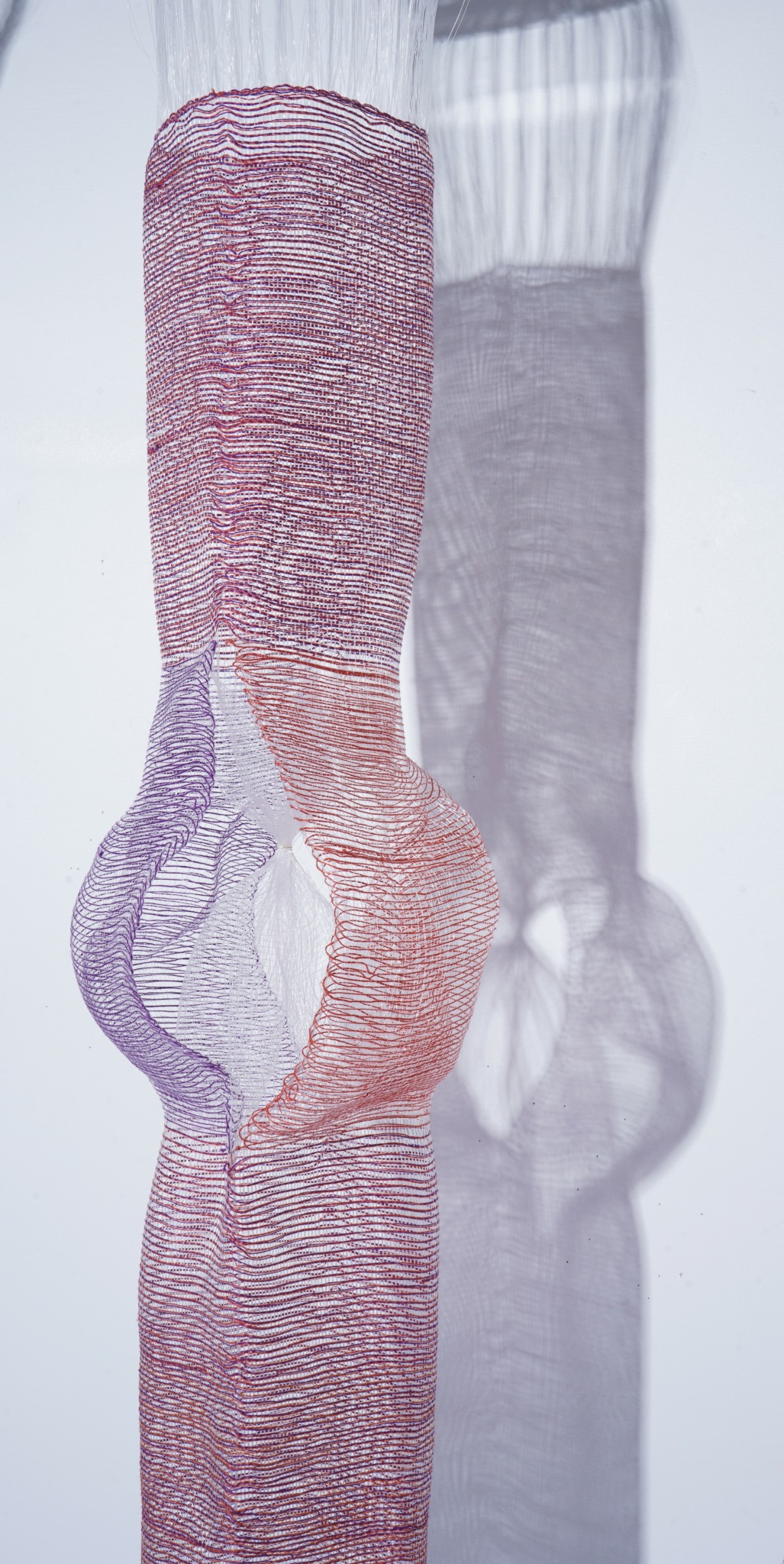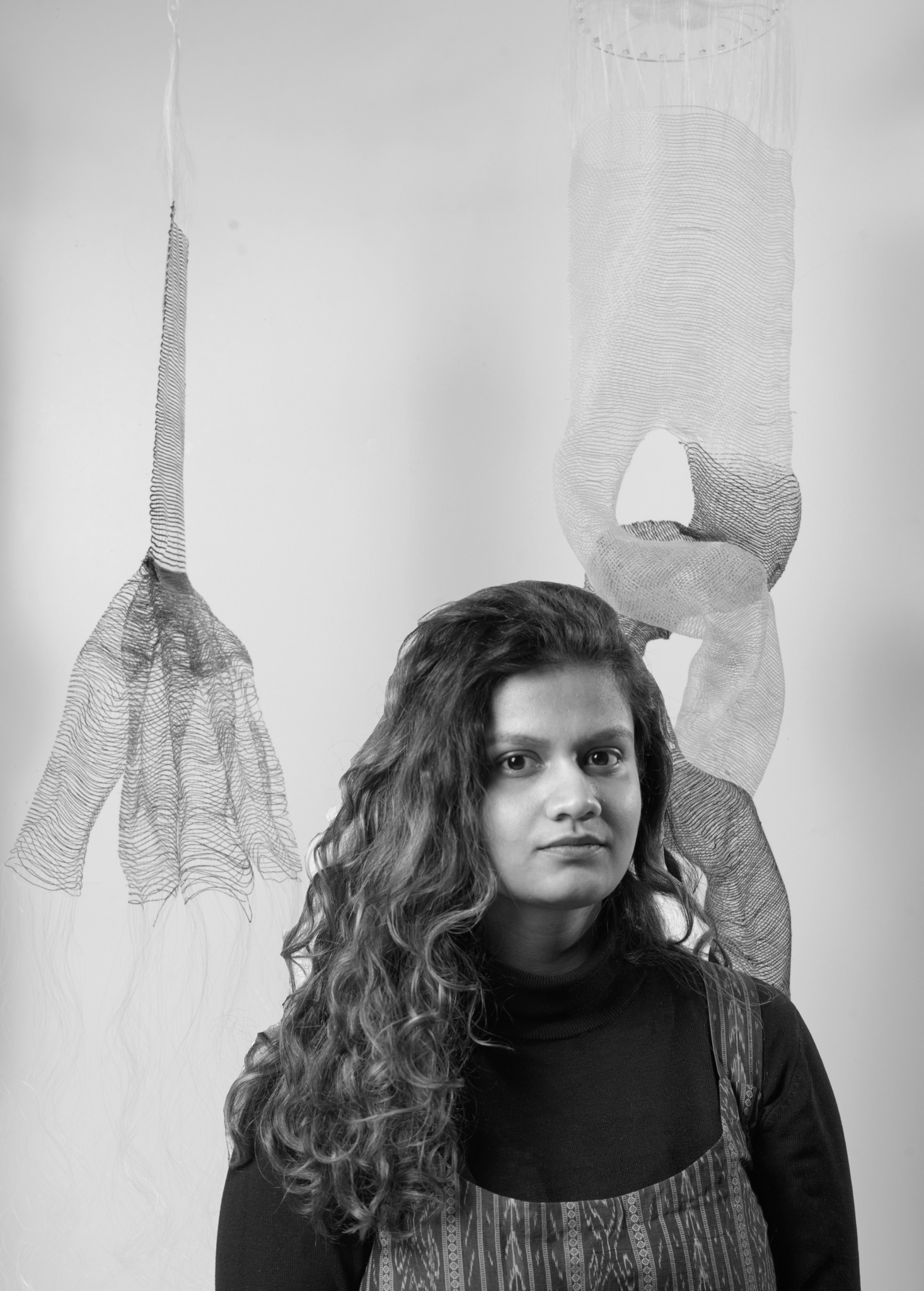We’re excited to introduce you to the always interesting and insightful Amirtha Arasu. We hope you’ll enjoy our conversation with Amirtha below.
Amirtha , thanks for taking the time to share your stories with us today How did you learn to do what you do? Knowing what you know now, what could you have done to speed up your learning process? What skills do you think were most essential? What obstacles stood in the way of learning more?
I learnt to weave as a first-timer during my undergrad, where I was exposed to weaving on a traditional floor loom. I found it to be like solving a puzzle—calculating how many strands of yarn are required to achieve the final structure of a fabric. The ability to make something from scratch using my hands and an ancient machine like a handloom really drew me in. Over time, I noticed myself gravitating toward the weaving studio every morning before classes and again after. At some point, I even started helping friends with their pre-calculations for weaving. And yes, I enjoyed that math way too much! The movement of the yarn and how the fabric forms through that process excites me even today. It’s like a rhythm you follow to bring a project to life.
My journey with weaving and textile-making has been a long one. I’ve been working with textiles for 8 years now, and along the way, I’ve explored different techniques like surface design, embroidery, dyeing, and more. Although my skills have grown across all areas of textile-making, weaving continues to hold a special place in my practice. I learned weaving in a traditional way—making conventional textiles like soft goods, rugs, terry cloth, sarees, and textiles for commercial use. Learning the craft from a commercial perspective gave me deep technical knowledge about textile construction. This technical foundation now supports my art career, where I create complex woven structures for sculptures using those same skills.
I believe the most essential skill for making textiles is simply the interest to make in the first place. Many of us have seen a family member like a grandmother or someone close sew something when it tore, knit a sweater, or fix clothes. Making has always been a part of our traditions. The skill set can vary depending on how we approach it, but the time-consuming process can definitely be a challenge when you’re starting out. However, once you get used to the making, the wait becomes part of the experience—it’s a process you begin to enjoy with a sense of bliss.


Awesome – so before we get into the rest of our questions, can you briefly introduce yourself to our readers.
I am a textile artist and designer based out of New York. I express my reality and visions through textiles by drawing inspirations from culture, philosophy, and crafts. I experiment with weaving, surface design, and materiality to create textiles. I also create textiles for commercial spaces using textile materials that serve a functional purpose. My expertise lies in working with the form of a traditional weaving loom, alongside in-depth research and exploration of materiality.
The sculptures I make for my fine art practice are created with precise mathematical calculations and traditional weaving techniques to ensure structural soundness—starting from the sketching stage to the physical lifting of each individual thread. My work combines traditional textile-making processes, such as weaving, with contemporary methods, often using both man-made and natural materials.
With an MFA in Textiles from Parsons School of Design and an undergraduate degree from NIFT in India, I have been fortunate to receive a dual foundation in both fine art and design. This education has been instrumental in shaping my career across both the art and design worlds.
My practice spans across sculptural fine art, experimental textile installations, and functional textiles for interiors. In my fine art work, I often use weaving as a structural tool to build complex forms that carry conceptual narratives. My installations explore themes such as existentialism, humor, gender identity, and memory—often materialized in tactile, layered compositions. On the commercial side, I design textiles that are meant to perform—functional, durable, and made for space. I strive to balance innovation with tradition, combining knowledge of ancient weaving techniques with modern-day performance requirements and aesthetics.
What sets my practice apart is this constant back-and-forth between the deeply technical and the conceptually expressive. I bring the precision of textile engineering into the emotional, storytelling space of art. My ability to shift between loom weaving, sculptural expression, and commercial design gives me a dynamic perspective that allows me to solve problems across contexts—whether that’s creating a textile that functions in a space, or a sculpture that expresses a narrative through thread.
One of the things I’m most proud of in my textile career is my work with artisans and weavers in India through various craft development projects. One particularly meaningful experience was working on the age-old Jamakkalam weaving tradition as part of a craft upliftment initiative. This project, funded by a grant from the Ministry of Textiles in India, gave me the opportunity to be on-site in Bhavani, collaborating directly with skilled weavers. Together, we explored ways to bring contemporary relevance to this ancient, geographically identified craft by developing new products for modern markets. The experience was deeply grounding and gratifying—it not only allowed me to understand the roots and rhythms of Jamakkalam weaving but also reinforced the importance of preserving traditional knowledge while giving it space to evolve.
For those discovering my work for the first time, I’d love for you to know that my process is deeply rooted in patience, exploration, and an ongoing conversation between tradition and innovation. Whether you’re a fellow creative, a potential collaborator, or someone looking for custom textile solutions, I bring a strong technical background and a distinct artistic voice to everything I create. Textiles, for me, are more than just materials—they are carriers of memory, structure, emotion, and future possibilities.


Learning and unlearning are both critical parts of growth – can you share a story of a time when you had to unlearn a lesson?
I come from a society and culture where there aren’t many visible role models who have pursued unconventional careers—especially in fields like art, design, or any creative practice. These paths are often not considered viable or sustainable, and growing up, that shaped how I viewed success and what was “allowed.” For a long time, I carried the idea that pursuing something creative might not be practical or accepted.
It took time for me to unlearn that mindset—to realize it’s okay to not follow a conventional path. Giving myself permission to explore creativity seriously, and not just as a side interest, was a gradual process. It meant letting go of the fear of not fitting into a more traditional definition of success. Allowing myself to think beyond those constraints helped me fully step into what I do today. That shift was necessary, and it continues to shape how I approach my practice, with confidence and purpose.


Any stories or insights that might help us understand how you’ve built such a strong reputation?
I believe that what has helped me build my reputation in the field is not just the work I do, but the relationships I’ve cultivated along the way. It’s less about reputation in the traditional sense and more about the connections I’ve made with fellow artists, creators, and mentors. Staying connected with people in my field has been incredibly valuable—these relationships provide mutual support, encouragement, and insight that help us all grow in our creative journeys.
Having mentors who truly understand your work and have seen your evolution over time is essential. They offer guidance and constructive feedback, helping you recognize your progress and challenge you to grow in ways you might not have imagined. These connections have been crucial in shaping my path, both personally and professionally, and I believe they’ve been key in establishing my place within the community.
Contact Info:
- Website: https://amirthaarassu.wixsite.com/amirtha-arasu
- Instagram: https://www.instagram.com/amirthaarasu/
- Linkedin: https://www.linkedin.com/in/amirtha-arasu-821645200


Image Credits
Woven Sculpture Series


